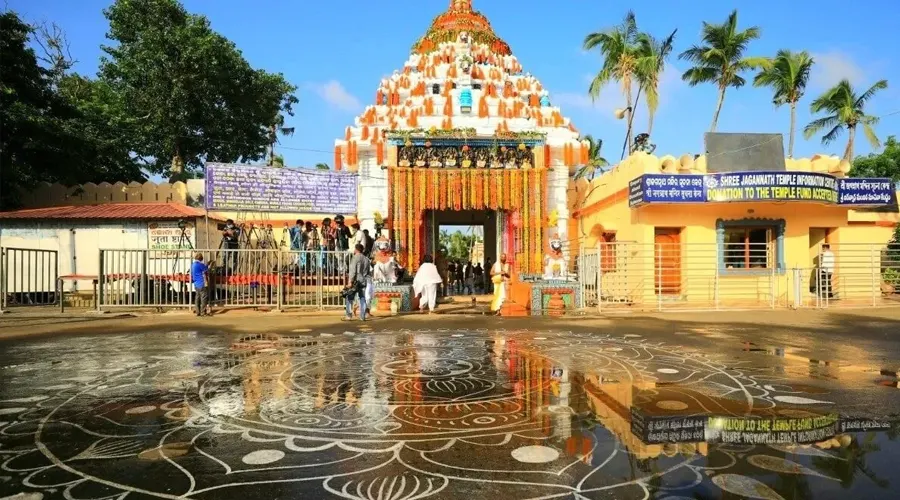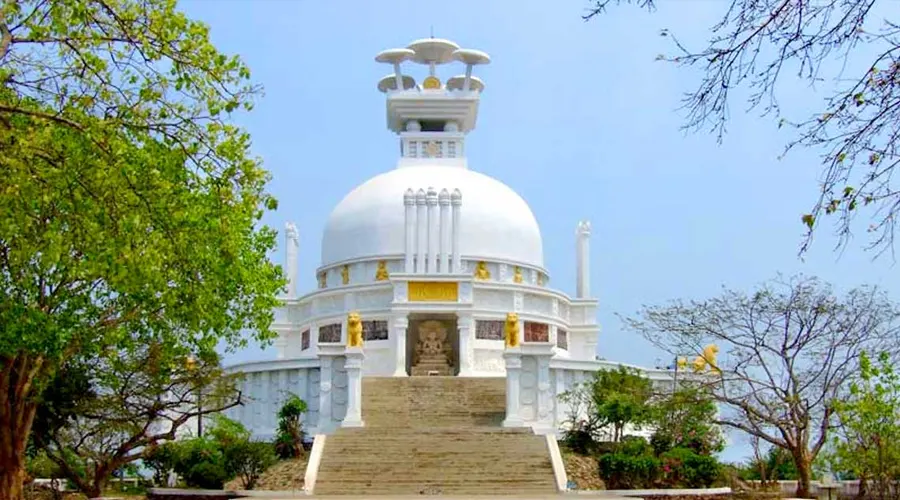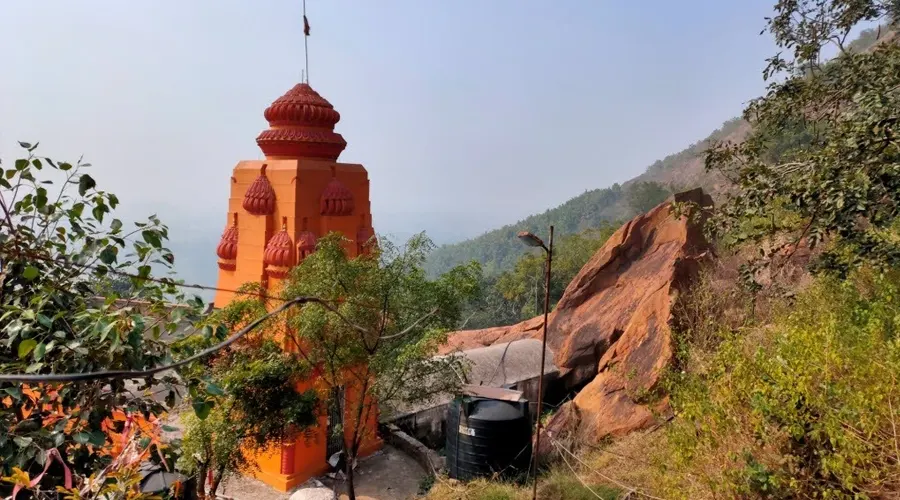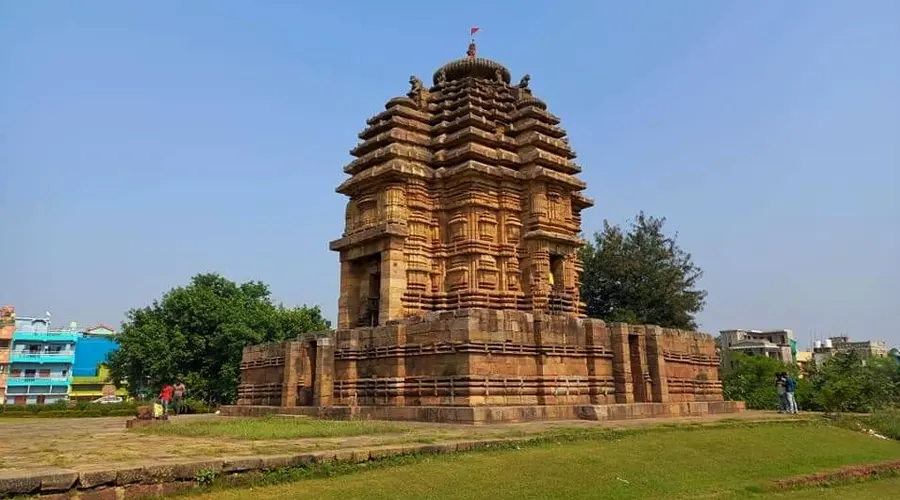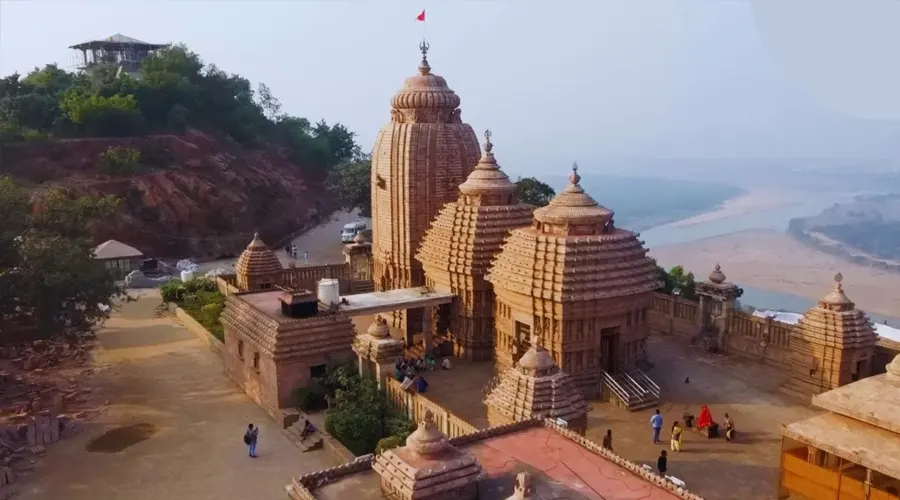Konark Sun Temple
Situated on the northeastern corner of Puri, Konark Sun Temple is a UNESCO World Heritage site and one of the prime tourist attractions of Odisha. Built in the form of a giant rath or chariot of the Sun God, it depicts the chariot being pulled by a set of seven horses, four on the left side and three on the right.
It has three deities dedicated to the Sun God on three different sides of the temple which catch the direct rays of the sun in the morning, afternoon, and evening. There is also a dedicated archaeological museum inside the temple complex. The temple transforms into a stage during The Konark Dance Festival, which is held every year usually in February, and attracts a lot of foreign and Indian tourists — dedicated to devotees of the Sun God.
Konark Sun Temple is one of the last standing structures before the fifteenth century in the country. The sun's rays reach the Nata Mandir from the coast and reflect through the diamond at the center of the idol. The idol is believed to float mid-air due to arrangements of the magnets at the top of the temple but they were later removed due to the disturbance caused to coastal voyages.
An engineering and artistic masterpiece, The Sun Temple has been standing stoically for the last two thousand years. Despite much of the temple in ruined, it still reflects the artistic genius of architects and sculptures of the time.
History of Konark Sun Temple
The name Konark is made of two Sanskrit words: Kona, meaning corner, and arka, meaning sun. The town gets its name from its geographical location which makes it look like the sun rises at an angle.
The history of Konark Sun Temple and sun worship goes as far back as the 19th century BC. The Konark Sun Temple, however, was built in the 13th century. The historic region of Kalinga which comprises major parts of modern-day Odisha and several parts of Chhatisgarh, Andhra Pradesh, and West Bengal, was ruled by the rulers of the Eastern Ganga Dynasty from the 5th Century AD to the 15th Century AD. It was one of the most powerful dynasties in India which gave existence to majestic temples like Konark Sun Temple and Puri Jagannath Temple.
The Konark Temple was built by King Narasimha Deva I in 1244 to worship Surya, the Sun God. Konark was chosen as its place of construction because it has been described as the holy seat of Surya in various ancient texts.
Architecture of Konark Sun Temple
The inside of Konark Temple is as glorious and magnificent as it is made to be. Its architecture has all the defining elements of Kalinga architecture - it includes Shikhara (crown), Jagmohana (audience hall), Natmandir (dance hall), and Vimana (tower). Several legends mention that the architecture of the Konark Surya Mandir is so accurate and intricate that the day’s first light fell on the image of Surya in the sanctum sanctorum of the temple, known as the Garbha Griha.




